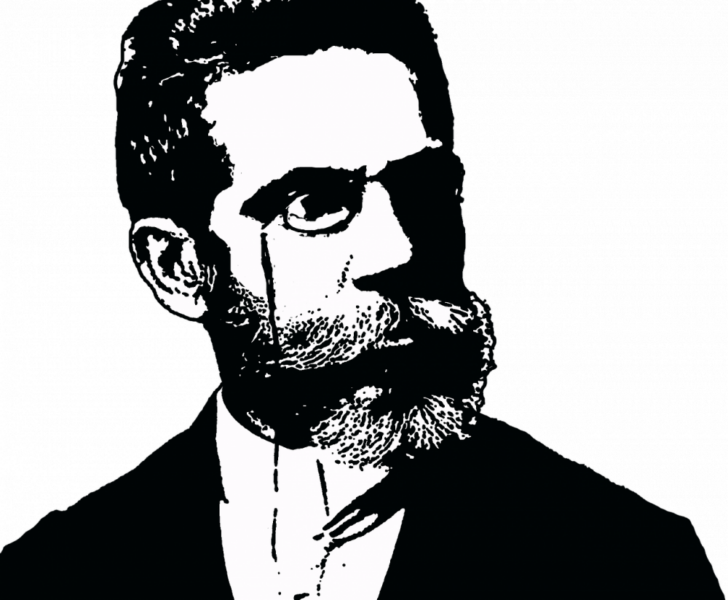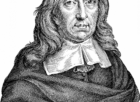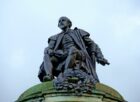Charles Dickens: A Master of Literature

Introduction
Charles Dickens, one of the most prominent figures in English literature, is widely recognized for his captivating storytelling and deep social criticism. Born on February 7, 1812, in Landport, Portsmouth, Dickens’s works continue to resonate with readers across the world, transcending time and connecting to the very essence of humanity. In this article, we delve into the life, works, and the historical evolution of Charles Dickens, providing a comprehensive understanding of this literary genius.
The Life of Charles Dickens

Born into a middle-class family, Dickens experienced both the comforts of a stable home and the hardships faced by the working class. These experiences greatly influenced his writing, as he became a fierce advocate for social reform through his novels. Dickens’s literary journey began in his early twenties when he started writing sketches and short stories, which were published in various newspapers and magazines.
Soon, Dickens’s unique writing style and compassionate character portrayal gained popularity among readers. In 1836, he released his first novel, “The Pickwick Papers,” which marked the beginning of his prolific career as a novelist. Dickens’s subsequent novels, such as “Oliver Twist” and “Nicholas Nickleby,” further cemented his reputation as a master storyteller, attracting a wide audience and securing his place in literary history.
Evolution of Charles Dickens’s Works
As Dickens’s popularity grew, his works evolved, reflecting his maturation as a writer and his increasing focus on social issues. In his novels, he shed light on various aspects of Victorian society, including poverty, injustice, and the harsh conditions faced by the working class. Dickens’s characters were meticulously crafted, breathing life into the stories and captivating readers with their relatable struggles and triumphs.
One of Dickens’s most celebrated works, “A Tale of Two Cities,” portrays the French Revolution and Dickens’s views on social inequality and revolution. This novel, along with others like “Hard Times” and “Bleak House,” exemplifies Dickens’s ability to intricately weave together complex narratives while simultaneously incorporating social commentary.
In addition to his novels, Dickens also embarked on lecture tours, captivating audiences with dramatic readings of his works. These performances showcased his undeniable talent as a performer and reaffirmed his status as a literary icon.
Legacy and Influence
Charles Dickens’s legacy extends far beyond his own lifetime. His works continue to be studied, adapted, and loved by readers of all ages. Dickenss ability to shed light on social conditions and human nature has left an indelible impact on the world of literature. His vivid descriptions of Victorian society serve as invaluable historical records, allowing readers to gain insight into the lives of ordinary people during that era.
Furthermore, Dickens’s novels have inspired countless adaptations, both in literary and visual forms. From stage plays to movies and television series, Dickens’s stories have been brought to life in various mediums, introducing his works to new audiences and further cementing his place in popular culture.
Conclusion
Charles Dickens’s contributions to the literary world are immeasurable. Through his captivating storytelling, he was not only able to entertain readers but also shed light on societal injustices and the human condition. Dickens’s works remain relevant and powerful, serving as a reminder of the enduring power of literature to challenge, inspire, and change perspectives. As we continue to explore the works of Charles Dickens, we connect with a part of history while gaining a deeper understanding of the human experience.
[Insert video here]
Sources:
– [Source 1]
– [Source 2]
– [Source 3]











